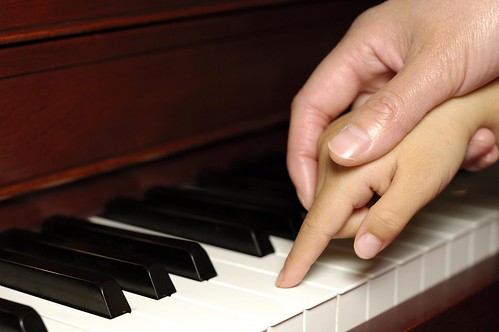The truth is, reading music is just one small part of playing it, and it’s honestly not necessary. Elvis Presley and Eric Clapton are just two of the many professional musicians who reached great heights despite an inability to read or write music.
How did they do it? By using their ears—and spending a lot of time with their instruments in the practice room. There’s truly no bigger secret than that to learning a musical instrument. Want to get started yourself? We’ve got some tips for you in the article below.
Step 1: Choose a good beginner’s instrument.
You might already have a musical instrument in mind. Maybe you’ve always wanted to play the piano or have a guitar in the attic you’ve been meaning to learn for a while. If that’s the case, great! You’re a step ahead of the game already.
For everyone else, making this decision is probably where your past attempts to learn music have sputtered out. There are so many different options out there. How do you choose the best one (and the one you can actually learn to play)?
Generally, instruments can be divided into 4 broad categories:
Percussion
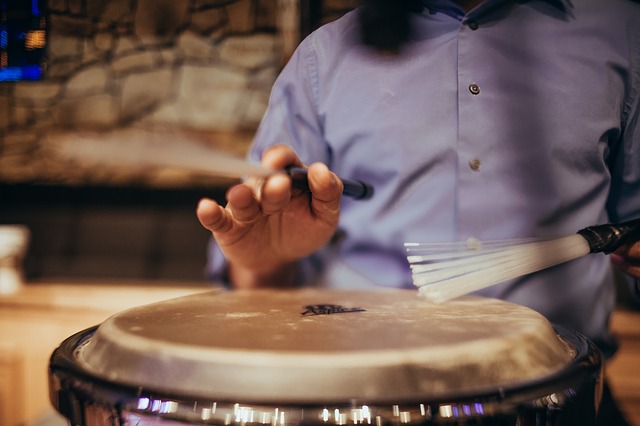
These instruments produce sound when they’re struck. All drums are members of the percussion family, as are instruments like xylophones, marimbas, and glockenspiel. Percussion instruments are “fixed pitch” and don’t require you to learn how to tune—one big advantage for a beginner. While you can adjust the tension on a drumhead to create a different pitch, that’s not necessary knowledge for a beginner.
On the other hand, many percussion instruments require you to have a high level of limb independence. In other words, you have to be comfortable with your left and right hands working separately from each other (and your feet, too, in some cases).
If you want to learn a more complicated percussion instrument, such as a drum kit, you may want to first start with something simpler, like bongos or the cajon. This will give you a chance to focus on basic rhythms, skills that will naturally scale up to a set with multiple drums and cymbals once you’re ready.
Best beginner percussion instruments: Hand percussion (congas, bongos, djembe, cajon, etc.), Glockenspiel
Keyboards
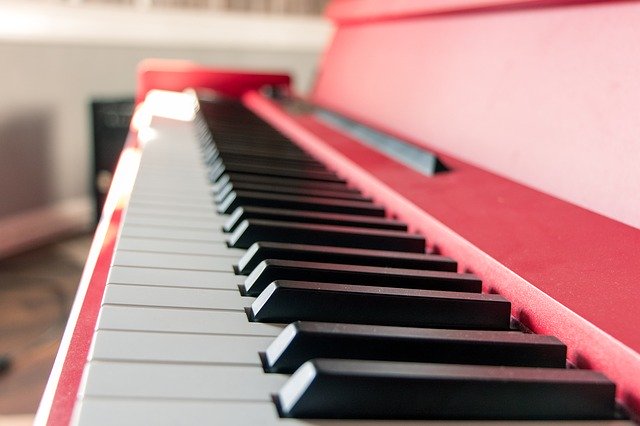
A keyboard instrument still operates on a basic percussive property. The difference is that on a marimba or xylophone you swing the mallet directly. On a keyboard instrument, the player presses a key, activating a corresponding hammer that strikes a string or wire.
Like percussion, keyboard instruments are fixed pitch, so players don’t have to worry about intonation. Electronic keyboards don’t even require the regular tuning of an acoustic. They do tend to be larger and more expensive than percussion instruments, however, which can limit their accessibility to a beginner.
Best beginner keyboard instruments: Electric keyboard, synthesizer
Strings
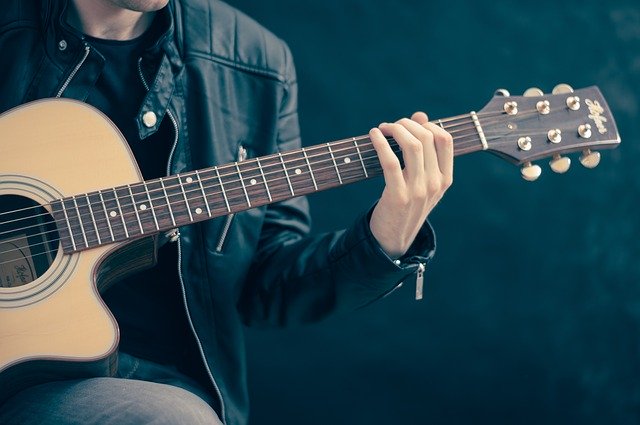
These instruments produce sound when the strings are plucked, strummed, or bowed. The vibration of the strings is amplified by the instrument body (often called a “sound box”). Altering the length of the strings changes the frequency of the vibration, creating different tones.
Strings may be either “fretted” or “fretless”. Fretted instruments have markers along the neck that guide your fingers where to press to change the pitch. Fretless instruments lack these markers. That gives the player more tonal freedom, but it makes them more difficult to learn.
Unlike a keyboard or glockenspiel, you can’t just walk up to a guitar and play all the notes right away. Before you do that, you’ll need to learn what note each string generates, and how to manipulate the strings to create different pitches.
String instruments are also higher-maintenance. You’ll need to replace the strings periodically, which can break from use or wear out over time. Additionally, string instruments need to be tuned prior to (and often during) playing.
Best beginner string instruments: Guitar, bass guitar, ukulele
Winds
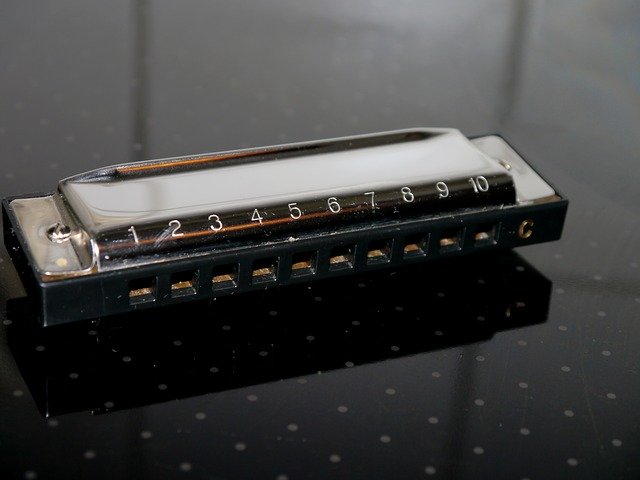
On the whole, wind instruments are the most difficult to learn. They have many of the same concerns as string instruments, requiring regular tuning and maintenance, and requiring you to learn technique before playing notes. In addition, many wind instruments require assembly and accessories such as mouthpieces and reeds, which have to be maintained more carefully than the strings of a guitar.
On a wind instrument, the technique doesn’t stop at your hands. You’ll also need to learn to form an embouchure. This term refers to the way you shape your mouth when playing, and can be a difficult concept for beginners to wrap their heads around.
Some wind instruments require less tuning and maintenance than others. The best wind instruments for beginners are those that don’t need as much assembly, tuning, and technique.
Best beginner wind instruments: Harmonica, recorder
As you can see, each category of instrument presents its own challenges and advantages. Generally speaking, though, learning keyboard and percussion instruments is easier than learning strings or winds in terms of how much technique you need to get started.
Of course, choosing an instrument isn’t just about finding the easiest one to play. Cost and convenience can be big factors, as well. In that regard, wind instruments like the recorder or harmonica are some of the best options for beginners because they’re super-portable and very inexpensive.
Practicality often plays a role in choosing an instrument, too. If you live in a studio apartment, you might want to avoid larger instruments like keyboards, or noisy instruments like drums.
If you’re still not sure which kind of instrument is right for you, check out the chart below, which compares popular beginner instruments on a variety of factors:
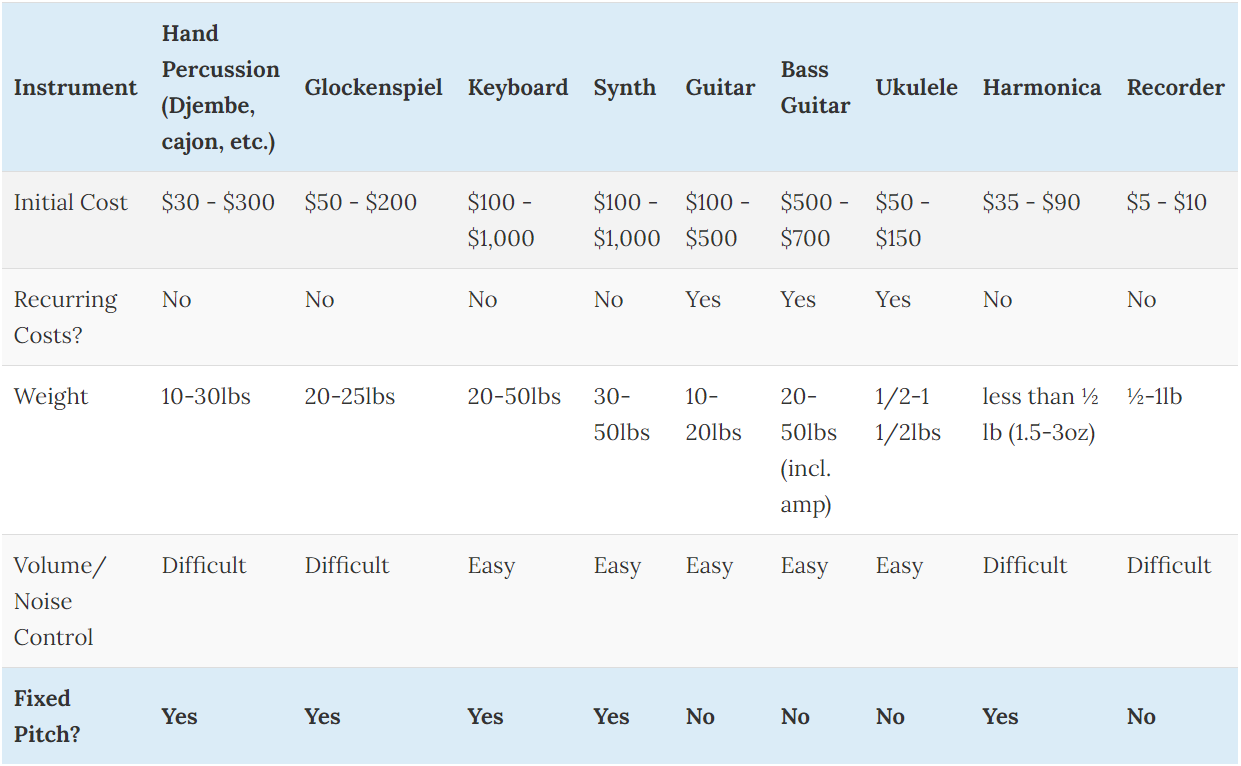
Step 2: Learn the basic techniques for your instrument.
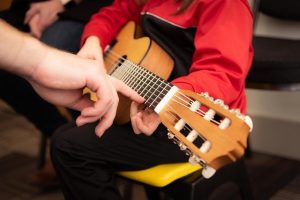
This might sound like an obvious step, but a lot of people who start learning a musical instrument get frustrated and give up because they try to jump straight into playing songs. You’ll get there eventually—and with most instruments, it won’t even take too long! First, though, it’s good to take at least a bit of time figuring out the right techniques.
You can find at-home lesson books in music stores for most instruments. Most of these assume that the user reads music, however, and will likely use notation and technology you don’t know how to read. For a musical novice, regardless of age, watching a demonstration is a much better way to learn an instrument than reading the how-to in a book. There are a few great ways to go about this:
- Take private lessons. Many music stores and repair shops also offer private lessons on a variety of instruments. Even if they don’t offer them in-shop, the bulletin board is likely to have at least a few postings from local pros who teach on the side. Beginner private music lessons usually cost somewhere between $20 and $60 and last 30 minutes a week, so they’re not a huge investment of time or money.
- Learn from a buddy. Most of us have someone musical in our lives—and they’d probably be happy to sit down with you and show you the basics. Now this does limit you to learning an instrument someone you know can play, but can also save you money beyond just the lessons, since they may have extra instruments they’re willing to let you borrow.
- Find online tutorials. There are plenty of free YouTube channels out there run by musicians. Just type your instrument and “beginner lessons” into the search bar, then find your favorite instructor. This lets you learn an instrument for free at home. You won’t quite get the full private lesson experience. There’s no one to correct issues in your technique, for one—it’s up to you to practice in front of a mirror and troubleshoot yourself—and you can’t ask questions if you don’t understand. These issues aside, online tutorials are an easy and affordable way to take those first tentative steps toward playing an instrument.
How long should you focus on technique before you move on to songs? That’s entirely up to you. If you just want to play djembe at your local drum circle, you might be ready to go after a few hours of practice. The more complex the instrument, the longer it will take to learn it.
Step 3: Train your ears.
You’ve learned the instrument’s technique, and you’re ready to experiment with playing melodies (or beats, if you’re learning a drum). So how do you know what to play? That’s easy: use your ears.
Talk to any jazz or rock musician, and they’ll tell you ear learning is far superior to reading from the page when it comes to truly internalizing melodies, chord changes, and other aspects of music. In fact, many jazz instructors discourage their students from learning off of sheet music, seeing it as a crutch that impedes your ability to truly learn a given song.
How do you start to learn a song by ear? You associate each tone with a note on your instrument. This can be a painstaking, frustrating process, but it doesn’t take any special training. Anyone can do it, and get good at it, with enough practice.
Start by thinking of a simple melody—something on the order of “Hot Cross Buns” or “Twinkle, Twinkle Little Star.” Sing the first pitch, and play a note on your instrument. Was the pitch you sang the same? If not, was it higher or lower? Adjust until they match. Now follow the same process with the next note. The more you practice this process, the more quickly you’ll be able to hear the distance between pitches, or the “shape” of the melodic line. You’ll find yourself doing less guessing and honing in on the correct pitch more quickly. Once you have some success with basic, short tunes, build up to popular songs and more complex melodies.
Learning by ear is easiest with single-note lines and rhythms. Transcribing chords and complex, layered rhythms is much more difficult. Luckily, chordal instruments like guitars use a notation known as tabs to quickly show players how to produce a given chord. Learning tabs is much faster and easier than learning to read music, and is a good idea to do at this step if you’re playing a stringed instrument.
Regardless of what you play, the best way to train your ears is to listen—a lot. Don’t just put it on in the background, either. Concentrate on the notes and rhythms, paying attention to the direction of lines and the movement of the harmony. When a line or rhythm catches your attention, stop and try to replicate it on your instrument.
Step 4: Learn the names of notes and rhythms
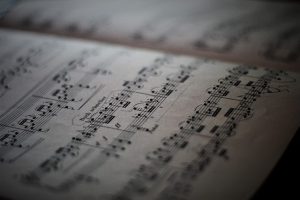
You don’t have to read musical notation to be a good musician, but if you want to play with other people you will eventually need to learn how to speak the language.
If you’re a guitarist learning tabs, you have a head start on this. You’ve seen things like major and minor chords in action, and also have a familiarity with referring to note names. For those learning instruments like recorder, harmonica, or piano, this is a good time to look up a fingering chart and start associating note sounds with their letter names.
Percussionists aren’t exempt from this step of the journey, either. Where melodic instruments have scales, modes, and tonality to think about, hand percussion instruments produce their own range of tones. You’ll also want to learn the names of common rhythmic patterns, so you’ll know what someone means if they tell you to play a “two three clave” at a jam session.
How do you learn these things? The same way you learned your instrument’s technique: talk to musician friends, do some research on the internet, and take advantage of your private instructor’s knowledge (if you have one).
What’s the Bottom Line?
Anyone can learn to play a musical instrument, and you don’t need to learn how to read music to do it. Think about why you want to learn to play an instrument. Do you want to jam with your friends, or is it a personal hobby to pass the time? How much time do you want to devote to it? Answering these questions can help you pick the perfect instrument for you. We hope this guide has helped you decide what that is—and given you the confidence to start on your musical journey!

